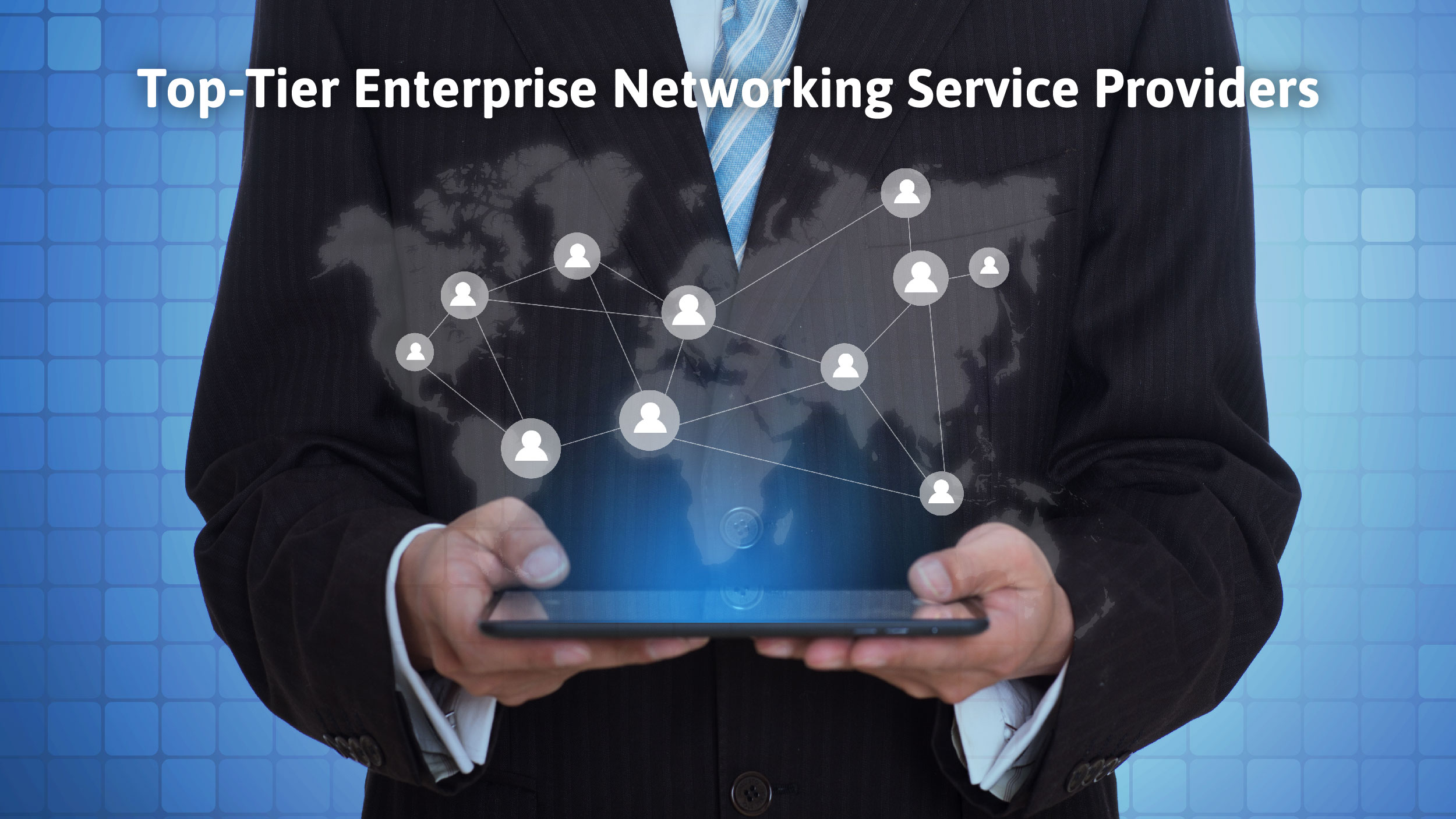In this age, seamless communication and efficient collaboration are the lifeblood of any successful enterprise. This is where enterprise networking steps in as the cornerstone of an organization’s IT infrastructure. It forms the connective tissue that enables the flow of information, supports critical applications, and empowers teams to work together effectively.
Consider the enterprise network as a localized version of the internet, tailored specifically to serve your organization.
As we progress through this blog, we’ll explore the importance of the enterprise network and how it works, along with the latest trends and leading companies.
Let’s get started!
What is Enterprise Networking?
The enterprise network, or corporate network, serves as the backbone of organizational communication. It enables smooth file and resource sharing among departments and teams. By securely connecting devices across different departments, it streamlines communication protocols, enhancing data management, interoperability, and workflow efficiency.
A pivotal component of enterprise networking is enterprise social networking. You might be curious about its meaning and its connection to the broader concept. Let’s delve deeper.
What is Enterprise Social Networking (ESN)?
ESN is a specialized approach that emphasizes the utilization of online social networks or social connections among individuals who have common business interests and engagements within a company. ESN platforms offer a digital environment for staff members to establish connections, communicate, exchange information, and collaborate on work-related assignments. These platforms typically replicate the characteristics and functionalities of well-known social media networks like Facebook and LinkedIn but are customized for internal usage within an organization.
Getting to Grips with Enterprise Networking Functionality

The enterprise network forms the core infrastructure of an organization, allowing seamless connections through various modes like LAN or cloud. This demands cutting-edge switching and routing devices to ensure the smooth transfer of vital business data between servers, applications, desktops, and beyond.
Top 5 Emerging Trends in Enterprise Networking
Modern enterprises depend on intricate networks, combining diverse infrastructures to create a complex enterprise network. This complexity, while standard, also presents challenges. Here are some pivotal trends influencing enterprise networks.
1. Virtualization
Virtualization offers businesses a practical solution to effectively scale their networks and save costs by minimizing their hardware requirements. By implementing virtualized enterprise networks, businesses can effortlessly handle various types of traffic simultaneously, without experiencing any disruptions or performance decline. Additionally, virtualization enables businesses to promptly adapt to changes in traffic patterns or accommodate new users as and when necessary.
2. Automation
Enterprise architects employ a blend of hardware and software to automate intricate network management tasks. This automation enables the establishment of self-healing networks, an essential component in enterprise settings where downtime expenses are significant. To ensure uninterrupted operations in such environments, IT personnel must possess mechanisms for addressing potential issues before they escalate into complete system failures.
3. SD-WAN
Enterprise networking through SD-WAN enables businesses to create simultaneous virtual connections over multiple underlying links. In the event of link failure, traffic smoothly switches to an alternate link, ensuring uninterrupted connectivity and service. This adaptability boosts the resilience of SD-WAN compared to traditional overlay designs.
4. Managed network services
Businesses are adopting innovative network service delivery approaches, such as Networking as a Service (NaaS) and Software-Defined Networking (SDN).
With NaaS, enterprises can delegate the management of their networking infrastructure to cloud-based services provided by managed service providers (MSPs). On the other hand, SDN empowers enterprises to view their entire network as a unified resource that can be controlled through software platforms.
5. Artificial intelligence and machine learning
Firms are integrating artificial intelligence and machine learning solutions to enhance network visibility and security. These technologies enable companies to fine-tune their network infrastructure for optimal performance and increased business agility.
Top-Tier Enterprise Networking Service Providers

The leading companies excel in navigating supply chain issues, addressing the increase in order backlogs, generating fresh revenue streams, and maintaining a culture of innovation. Here is the list of top 3 companies offering enterprise networking solutions.
1. Cisco: Setting the standard
Cisco has established itself as a leader in various networking and security realms. According to IDC, Cisco experienced a growth of 3.8% in ethernet switch revenues during the first quarter of 2022, capturing a significant market share of 45.4%. Additionally, the combined revenue from Cisco’s service provider and enterprise routers increased by 12% over the course of the full year, totaling 34.6%. Furthermore, Cisco secured the top position in SASE (Secure Access Service Edge) with a market share of 19%, as recognized by the Dell’Oro Group in 2021.
2. Broadcom’s Vision: VMware acquisition for a complete full-stack offering
Broadcom, a prominent chip manufacturer, made waves in the networking industry by announcing its plan to acquire VMware for a staggering $61 billion. This move follows its acquisitions of network management giant CA Technologies in 2018 and security vendor Symantec in 2019, solidifying Broadcom’s impressive software asset portfolio.
3. Arista Networks: Witnesses record-breaking $1 Billion quarter
Arista‘s remarkable success is marked by two significant achievements – reporting its first-ever $1 billion quarter and attaining a 10% market share in ethernet switch revenue with a staggering 55% growth, as per IDC’s second quarter 2022 results.
Bottom Line
In today’s fast-paced business environment, staying connected and fostering collaboration is not a luxury; it’s a necessity. Enterprise networking stands at the forefront of this imperative, offering a framework that propels organizations toward success. The pillars of enterprise networking security and automation have become indispensable tools, safeguarding critical operations and streamlining infrastructure management for businesses. From the intricacies of network architecture to the dynamic realm of enterprise social networking, the multifaceted nature of these solutions ensures that businesses remain agile, adaptable, and ready to meet the challenges of tomorrow.




